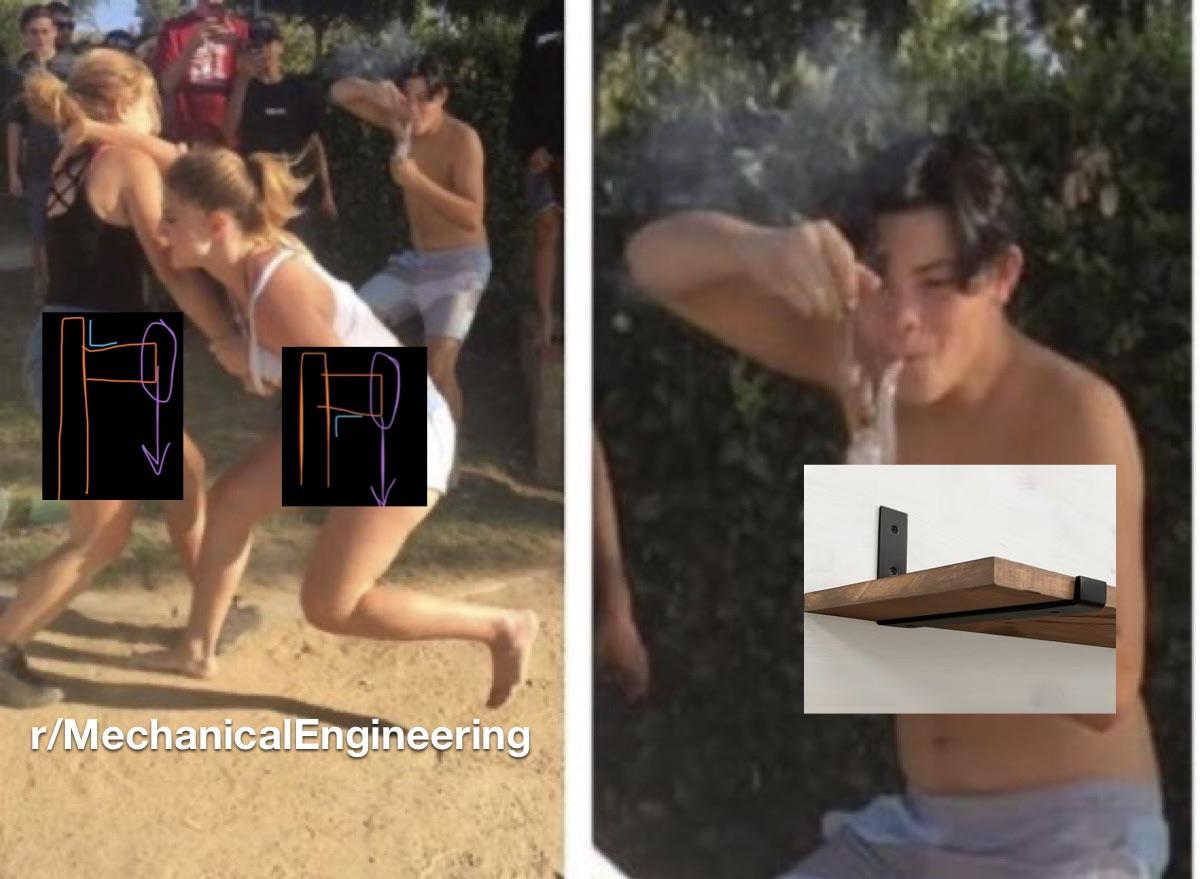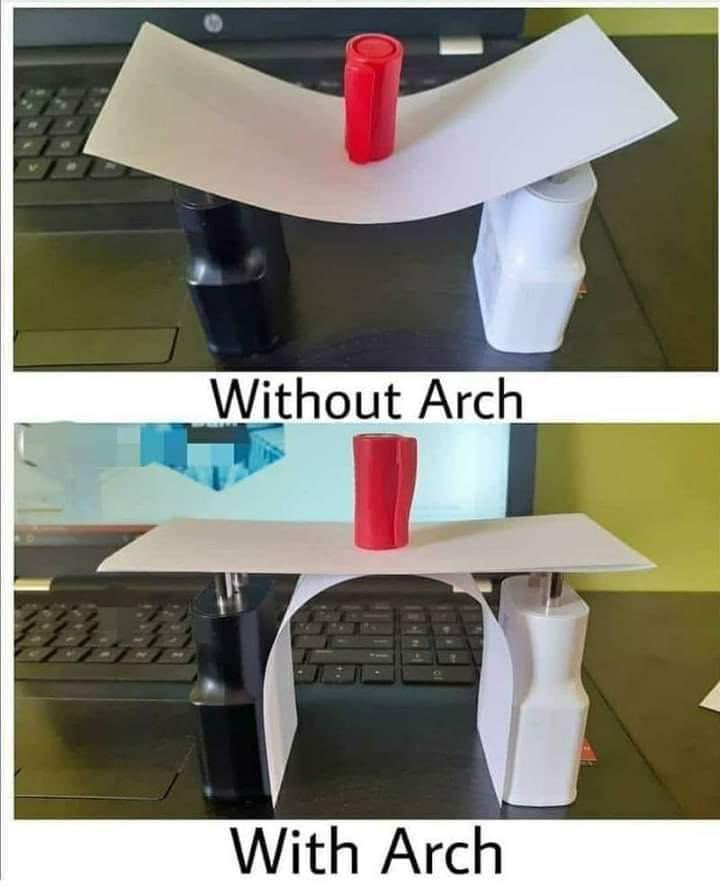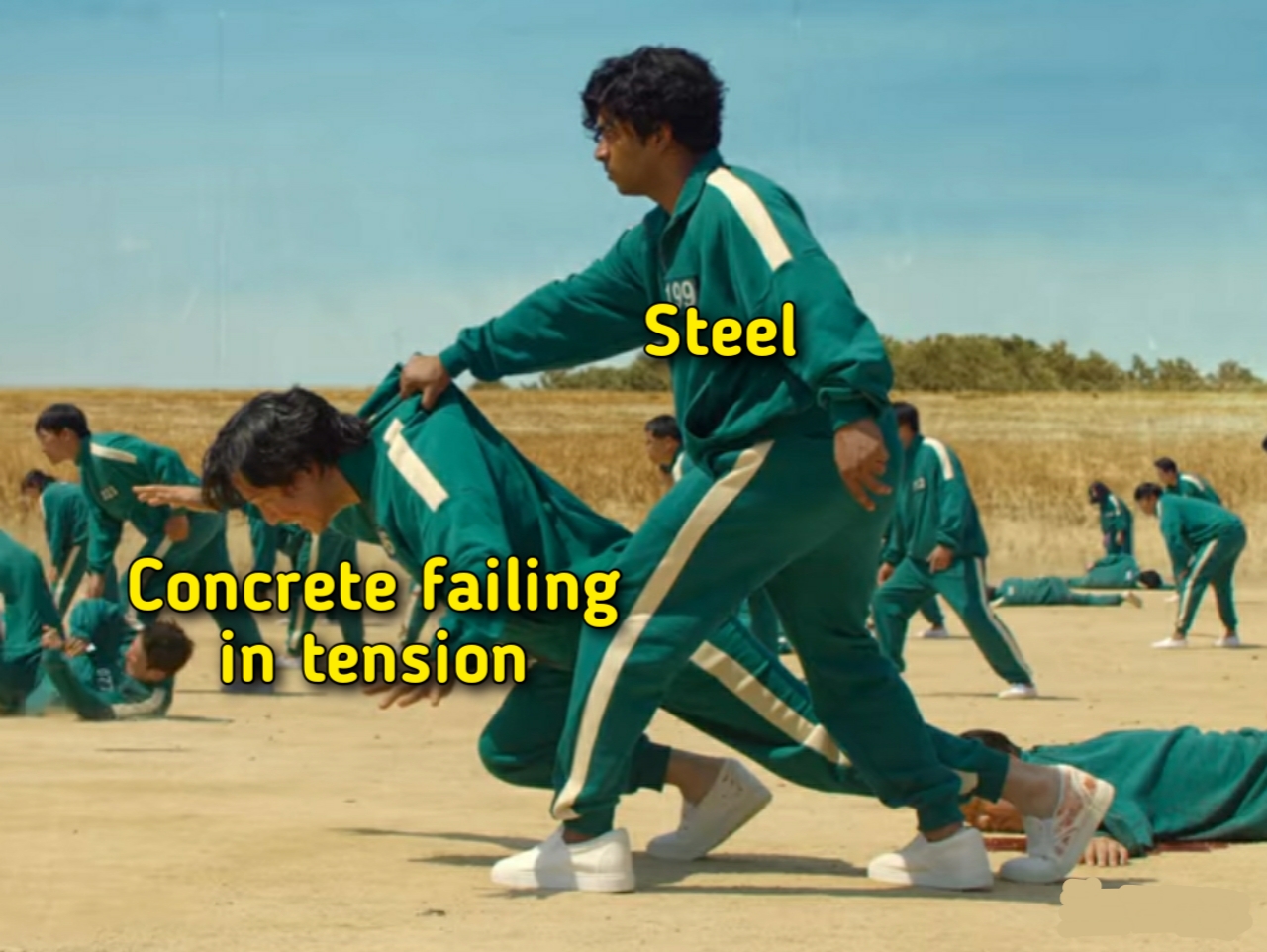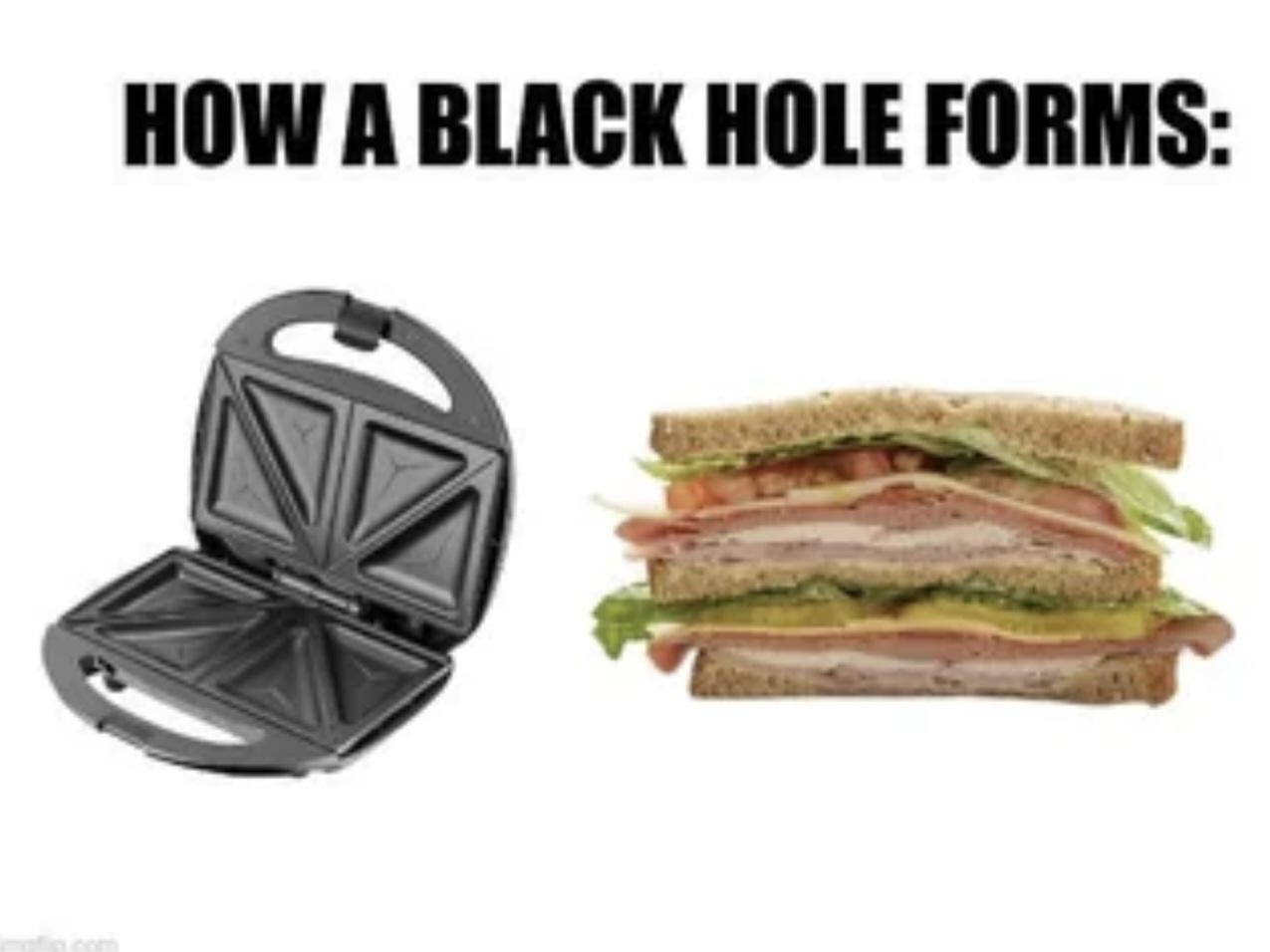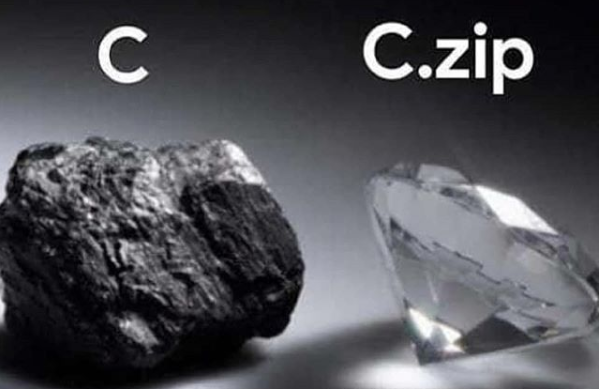Astrophysics has never been so deliciously relatable! The sandwich press represents the immense gravitational forces that compress matter, while the sandwich is the unfortunate star that's about to get squished into oblivion. Just like your lunch gets flattened into a dense, compact form, massive stars collapse under their own gravity until they're compressed beyond the point of no return. The difference? Your sandwich becomes a tasty meal, while the star becomes a cosmic object so dense that not even light can escape. Next time you make a grilled sandwich, just remember you're basically simulating one of the universe's most extreme phenomena... minus the spaghettification.


 Academia
Academia
 Ai
Ai
 Astronomy
Astronomy
 Biology
Biology
 Chemistry
Chemistry
 Climate
Climate
 Conspiracy
Conspiracy
 Earth-science
Earth-science
 Engineering
Engineering
 Evolution
Evolution
 Geology
Geology
